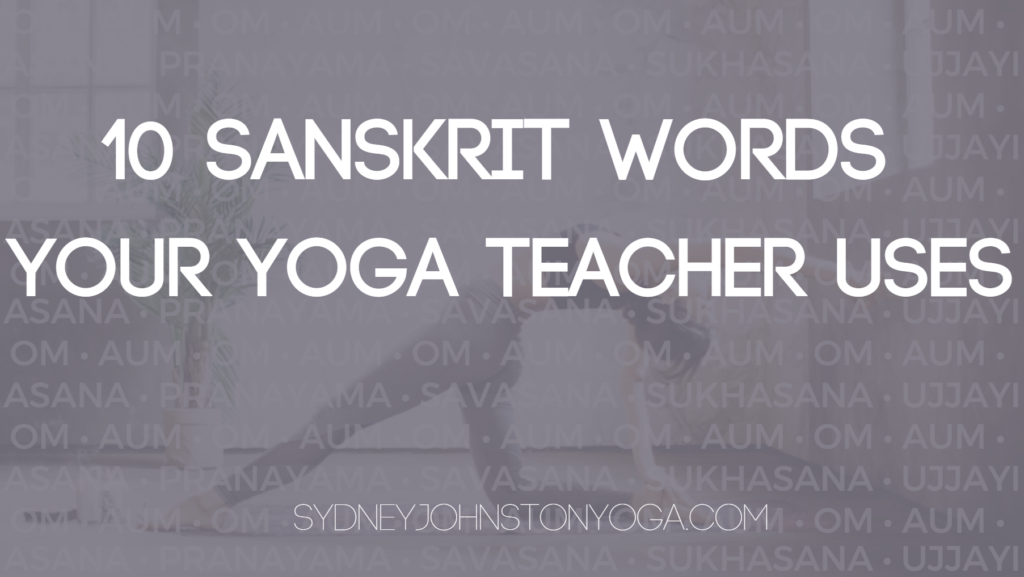“Step back to plank, then take chaturanga or your version of vinyasa flow. I’ll meet you in downdog.” Do what? What am I supposed to do now?!
Sound familiar?
Yoga teachers often love to infuse classes with Sanskrit vocabulary, but unfortunately this can leave students more confused about what do (rather than less). This post covers 10 of the most commonly used Sanskrit terms that you’ll hear in yoga classes – both their literal meanings and the meanings they take on in the context of a class (these two can be surprisingly different for some words).
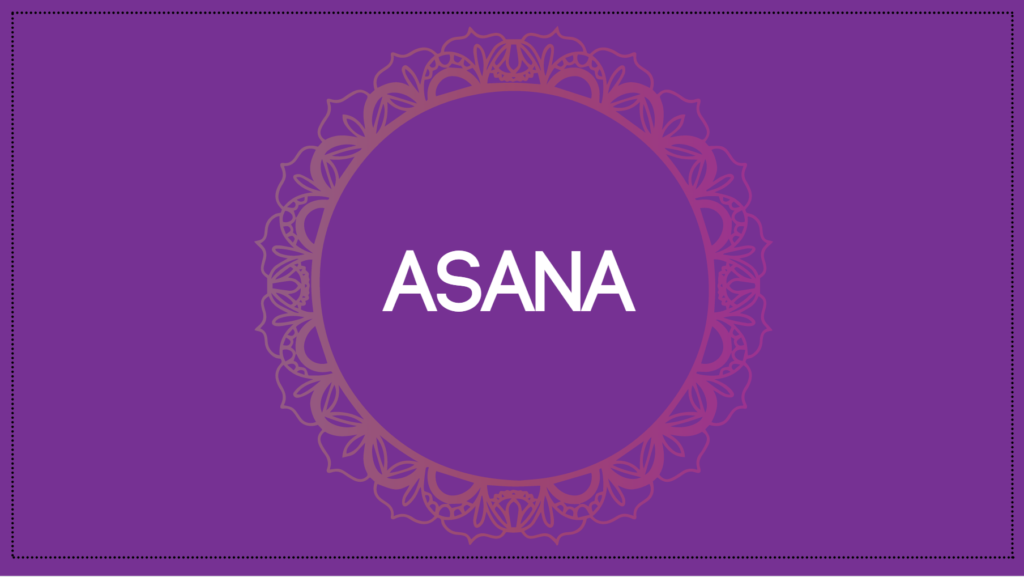
Asana translates to ‘seat’ or ‘posture’ and means any yoga pose in general, which is why all yoga pose names end in -asana.
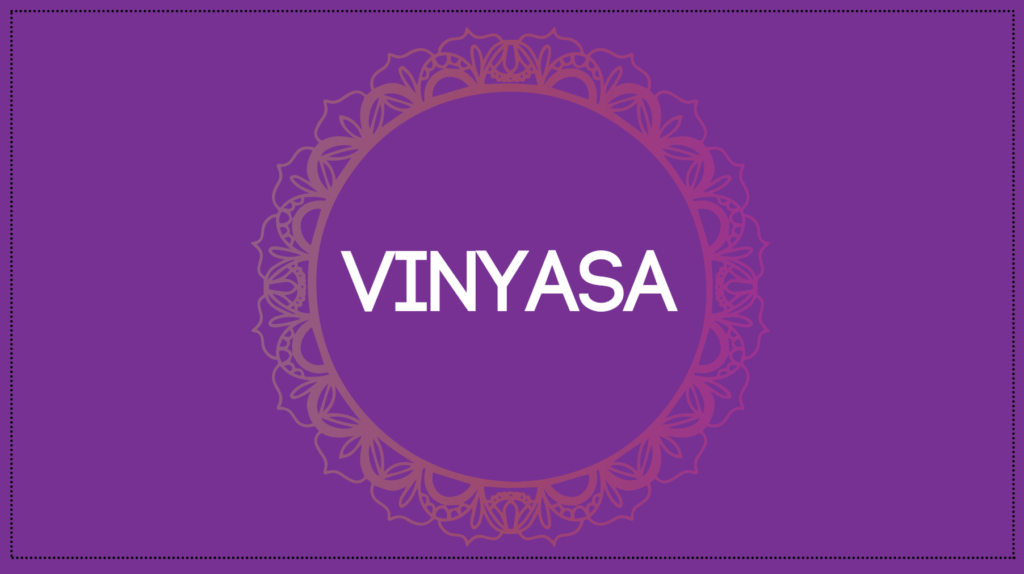
Vinyasa is a specific style of yoga; in fact, it is one of the most popular styles of yoga and likely what you will encounter in a studio class. The word means “linking breath with movement.” Classes consist of “flows” – a sequence of poses bookended by chaturanga-to-updog or belly-to-cobra at either end to mark the start and finish of the flow. So when your yoga teacher says “vinyasa flow”, he or she is referring to this chaturanga-updog-downdog or belly-cobra-downdog segment. Vinyasa is one of the most creative styles of sequencing and suitable for many individuals. This blog post explains more about vinyasa and how it differs from other styles of yoga.
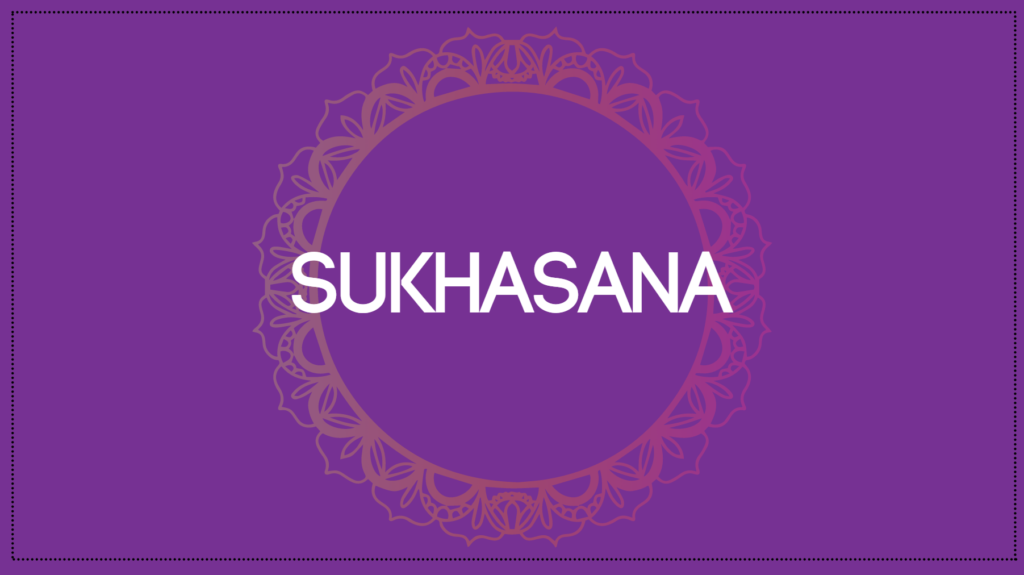
Opposite of vinyasa, sukhasana is your meditation seat. Translating literally to “easy seat”, this pose is deceptive because it looks much easier than it is. One of the main reasons students struggle with their meditation seat is because it is uncomfortable to sit cross-legged with a straight spine for an extended period of time. Make a peaceful sukhasana more attainable by sitting on a block, bolster, or folded blanket so that the hips are higher than the knees, which helps elongate the spine and avoid rounding in the lower back.
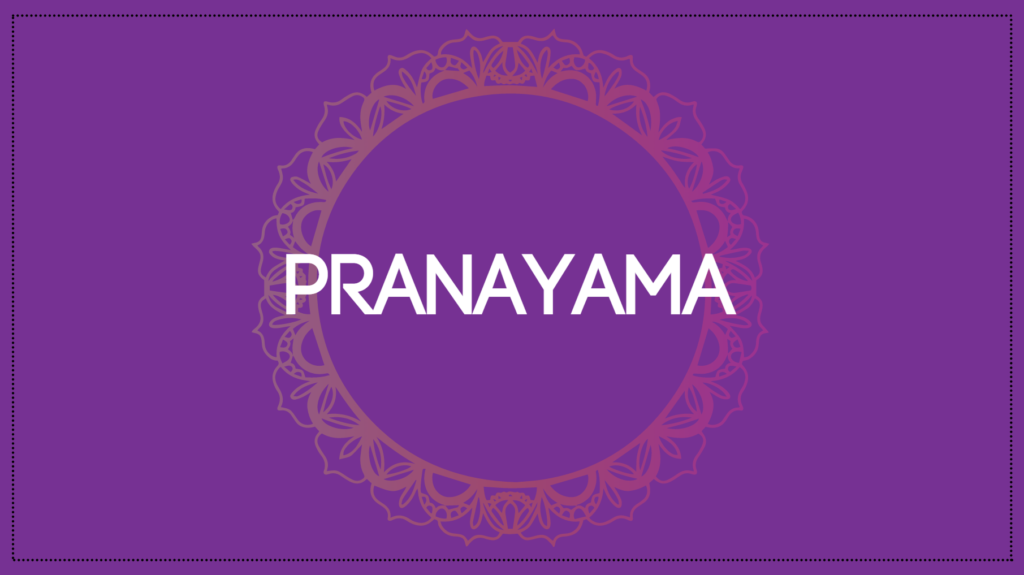
Pranayama, or ‘breath control’, refers collectively to breathing techniques designed to draw awareness to the breath, body, and present moment. Yoga teachers usually instruct a certain form of pranayama during the opening meditation, then advise students to practice an ujjayi breath (see below!) throughout the class. To learn more about when pranayama is beneficial for you versus when you should forgo it, check out this blog post on the only two rules of breathing you need to know during your yoga practice.
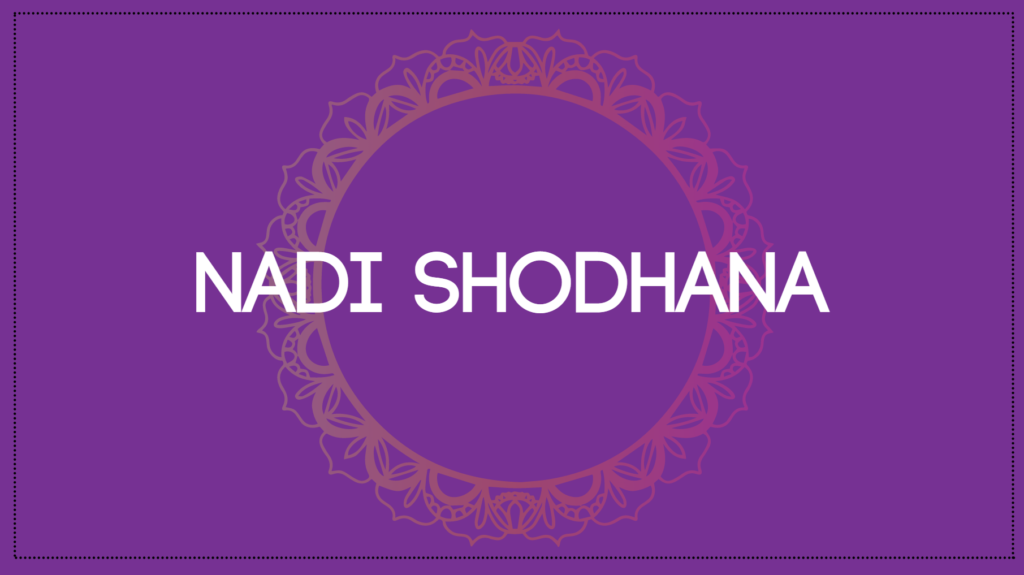
Nadi Shodhana, or ‘alternate nostril breath’, is a specific pranayama technique designed to promote balance between the left and right sides of the body. This technique is simple to learn but very difficult to explain in writing, so here are my two favourite video tutorials on this pranyama!
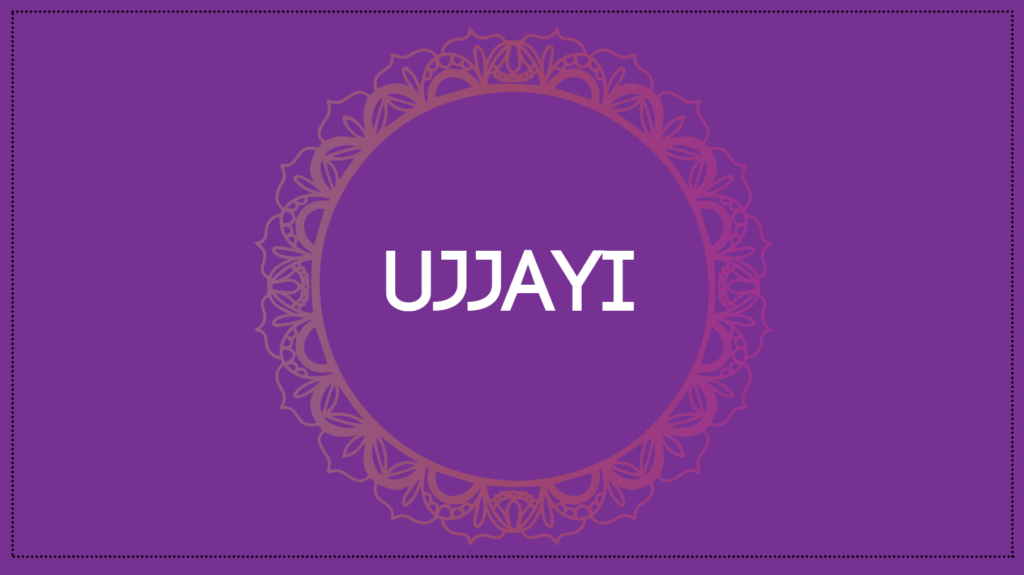
Ujjayi means “the one who is victorious” or “victorious breath”, and it is another pranayama technique. Ujjayi uses a slight constriction in the back of the throat to produce a subtle hissing sound. The constriction slows the breath and draws the attention to the body and breath, which is why ujjayi is usually practiced throughout a yoga class in order to draw awareness to the present moment. Here’s a tutorial that explains the subtle intricacies of this pranayama:
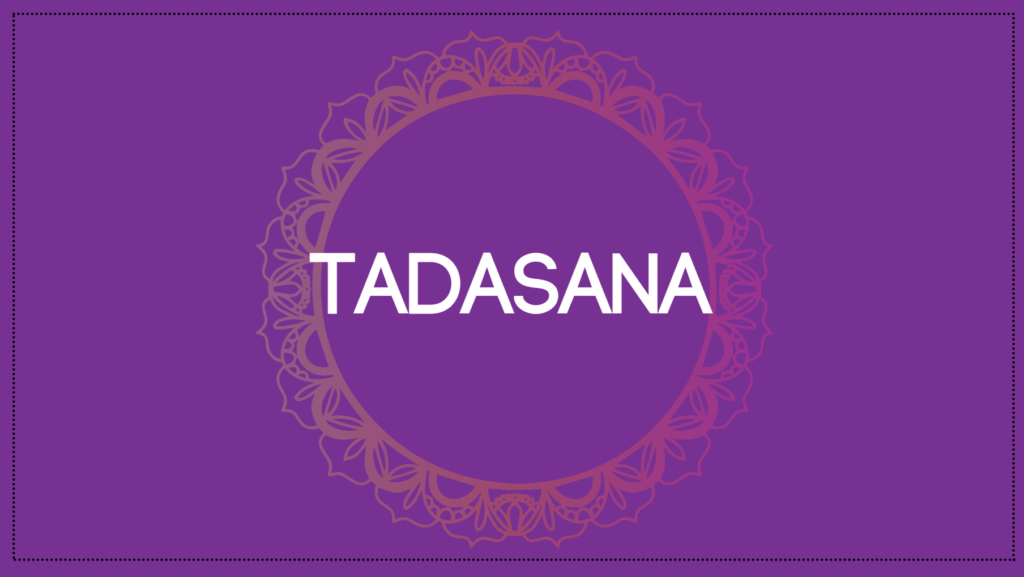
Tadasana, or ‘mountain pose’, is your home base pose in a yoga practice: it’s often the first standing pose in a class, and it serves as a recentering place you can come back to at the end of each flow. Although tadasana may look like just standing, it is highly nuanced and dedicating the time necessary to refining one’s posture in mountain pose is always valuable. Ask your teacher for additional instruction on mountain pose after class if you are unsure about your alignment – many teachers love to help students with this pose because it is the foundation for all other yoga poses!
Check out this blog post! How to do Tadasana: Proper Alignment in Mountain Pose
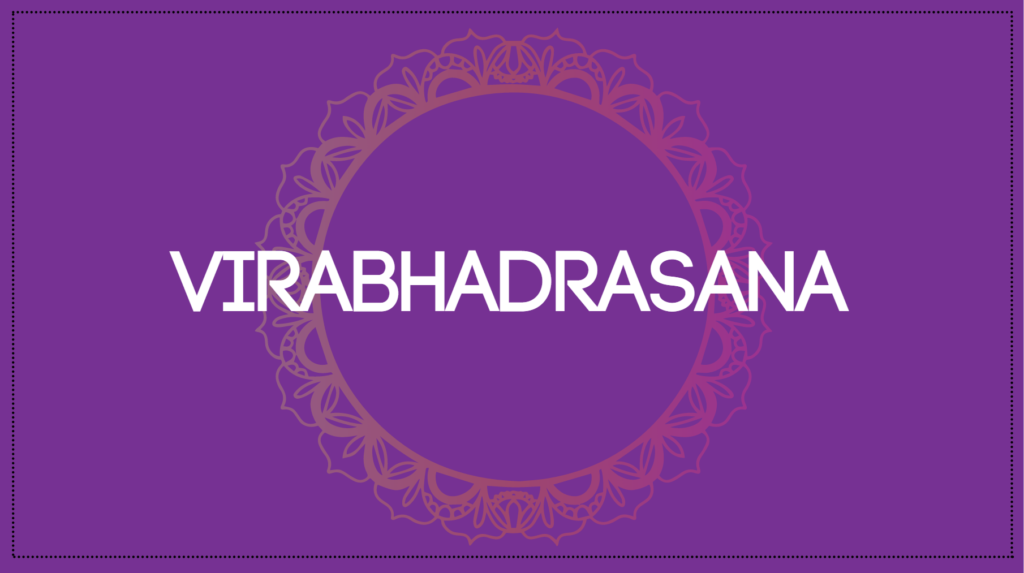
Virabhadrasana means ‘warrior pose’ and can refer to any of the three warrior poses in the virabhadrasana sequence: virabhadrasana I, virabhadrasana II, and virabhadrasana III. More commonly referred to as warrior I, warrior II, and warrior III respectively, they are an essential component of the hatha, vinyasa, and Ashtanga practices.
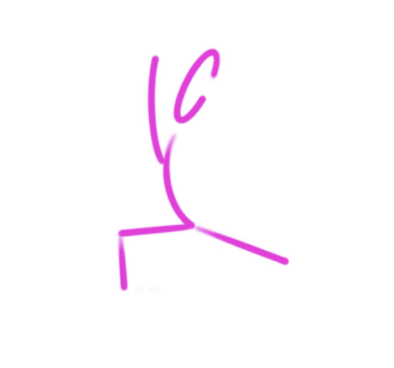
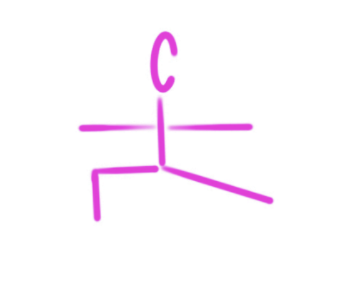

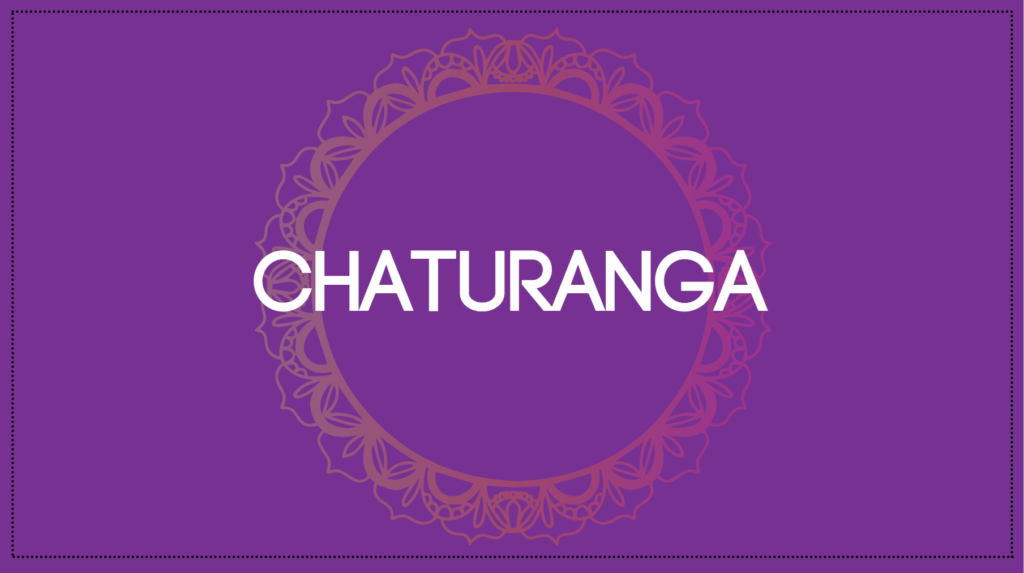
Chaturanga is the shortened form of chaturanga dandasana, which means “four-limbed staff pose.” Chaturanga is a low-plank variation in which the body is in plank position but the elbows are pinned next to the rib cage and arms are bent at ninety degrees. It is usually practiced in the vinyasa flow segment, where we move through plank, chaturanga, updog, and then to downdog. Often considered one of the hardest yoga poses there is, chaturanga will require a lifetime of refinement (and the acceptance that one will likely never attain truly perfect form). I only encourage my students to practice chaturanga when they have the adequate strength to do so and have been practicing yoga regularly for a substantial amount of time; otherwise, the risk of injury outweighs the benefit of doing chaturanga. Additionally, because chaturanga is very strenuous on the wrists and arms, some yoga teachers choose to avoid it in order to prevent the long-term injury that may occur with frequent practice of this pose. The good news is that there are many fun and challenging variations of chaturanga-updog to try instead, and I encourage these because they work muscles that chaturanga-updog does not (i.e., back muscles) and are much safer:
- Cat-cow
- Traditional plank
- Knee plank
- Forearm plank
- Puppy pose
- Child’s pose
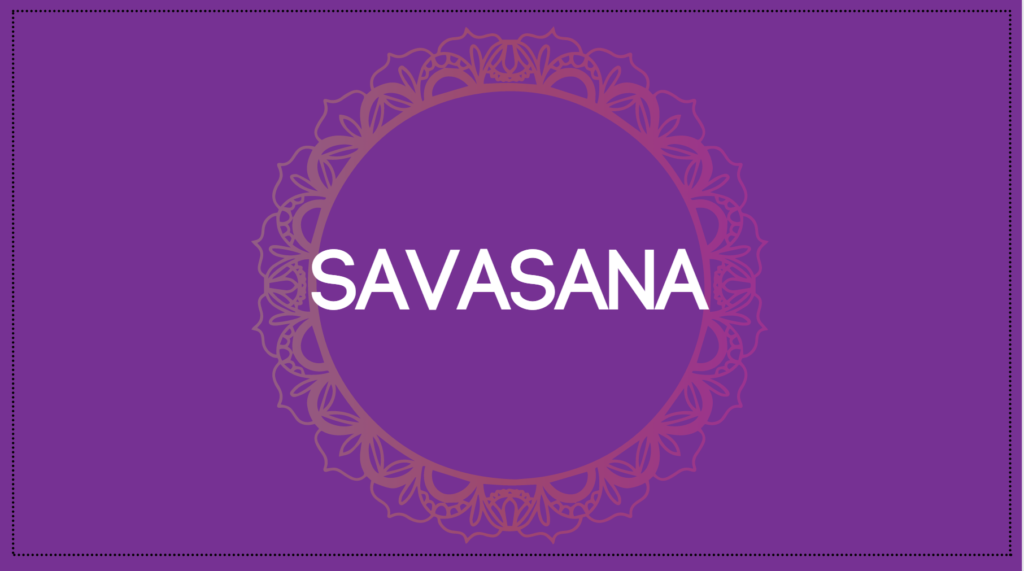
Savasana translates to “corpse pose”, and this is the last pose in a yoga class. It is the pose of complete surrender and stillness, where we lie down on our backs, allow the body to entirely relax, release any breath control (i.e., ujjayi), close the eyes, and just be. Savasana is sacred because it is a moment of vulnerability, in which we are open and allow the benefits of our practice to seep into the mind, body, and soul. However, it is often one of the most challenging (and most skipped!) poses because it is uncomfortable to lie down and stop doing anything for several minutes – a sensation that is unnatural in our overly-busy days and hectic schedules. But the “goal” of yoga (if there is such a thing) is to become present and aware of mind-body sensation; this is what our entire yoga practice prepares us to do, and it only occurs in savasana, where we stop doing and start being. So while it can be incredibly challenging to surrender to savasana, remember this: you can always skip the yoga and just do a savasana, but you shouldn’t do the yoga and skip the savasana.
While by no means a comprehensive compilation of Sanskrit terms, this short list covers 10 of the words you are most likely to hear a teacher use in your yoga class! I hope this helped and if there are any words you are curious about in particular, be sure to leave them in the comments and I’ll be sure to share their definitions with you!

